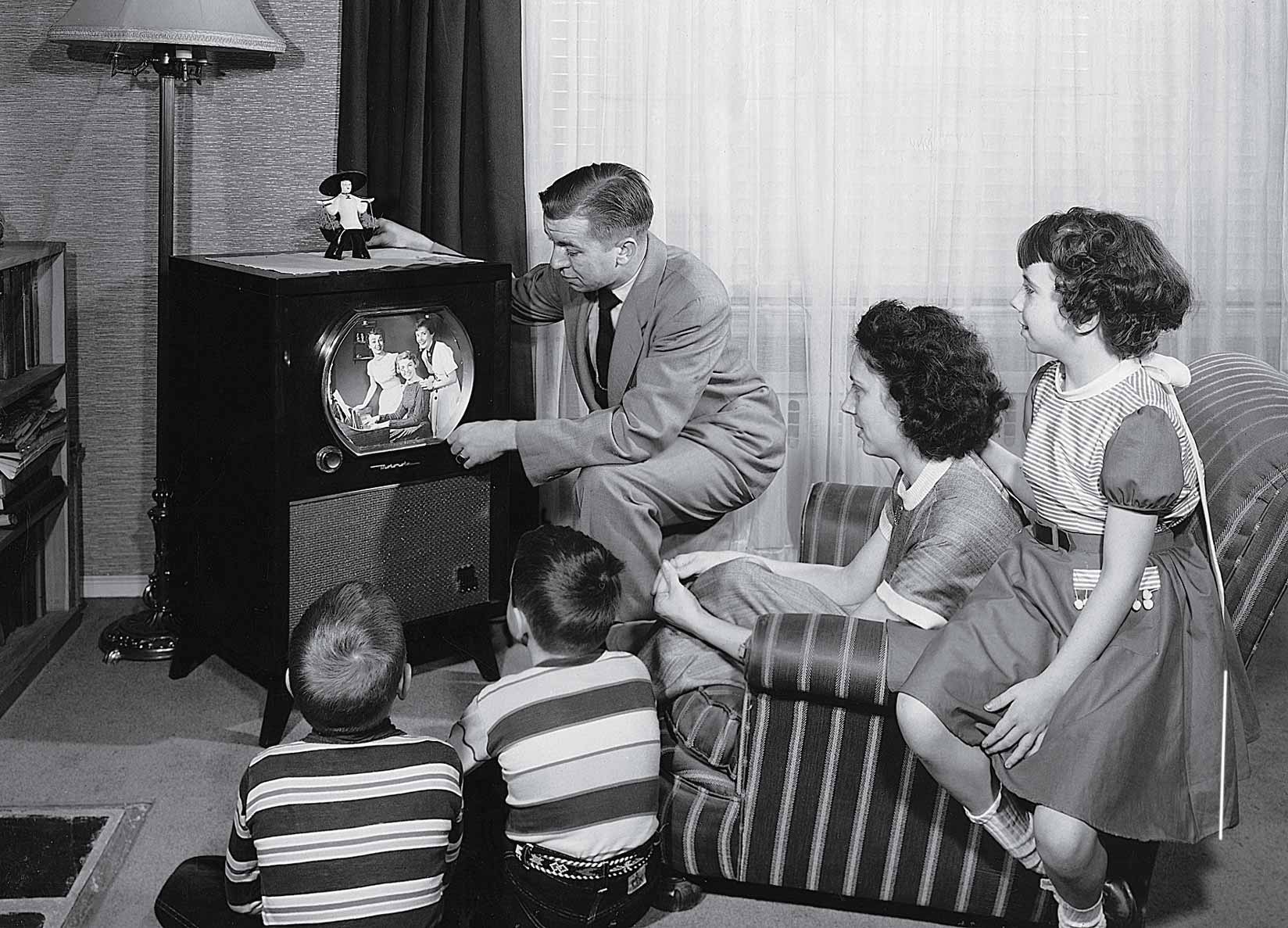
Orange Is the New Black is a hit, a smash. At least that’s what Netflix says and how media outlets–CNN, the Washington Post and this magazine included–have labeled it. But is it actually a hit? And how much did it smash?
The world may never know. Orange is streamed online and not rated by Nielsen. No one outside Netflix knows how many people watch it. We can guess by its buzz, but buzz can be misleading (or can be created by the same media coverage that claims to measure it). Outsiders have tried to measure Netflix audiences by studying Internet traffic the day shows debut, like astronomers detecting planets by analyzing the light from distant stars. But though Netflix probably knows more about its viewers than do their mothers and therapists, the company keeps its prison drama’s data in lockup.
Netflix is an extreme case, but it’s only one example of a phenomenon throughout media now. As the business gets more complicated, almost anything can claim to be a hit–and hardly anyone knows what a hit really is anymore.
Part of the problem, where TV is concerned, is that a “hit” is not what you may think: namely, a show that a lot of people like. No network makes money because you watch a show per se. They make money because somebody pays: an advertiser, a cable company or you directly. Your attention is nice, but it’s secondary.
Measuring a TV hit used to be simple. Nielsen counted every viewer (or at least every Nielsen family), and the networks exchanged those eyeballs for dollars from advertisers. Then advertisers began to care about demographics, which made a show with a few young, rich viewers a bigger hit than one with a lot of old, poor ones. The growth of cable allowed shows with even tinier niche audiences to be hits.
With DVRs now in roughly half of all U.S. homes, the number of people who watch a show depends on how long you wait to count them. Shows like FX’s Fargo can double their audience after a week’s playback. On top of which, viewers can watch on demand, on Hulu, on Amazon, on iTunes and on and on ad infinitum. HBO just announced that Game of Thrones has a bigger audience than The Sopranos did, but is it really comparable? Tony Soprano, debuting in 1999 when a flip phone was cutting-edge technology, did not have the advantage of being watchable on any flat surface short of a pizza.
As TV ratings become less reliable, we have more variants of them. Nielsen measures “Twitter ratings,” gauging chatter on social media. Late-night talk shows tout their viral traffic on YouTube almost as much as their TV ratings. Throw all those numbers in a pot, throw in foreign co-production deals and syndication value and future streaming revenue, stir, and maybe you have something you can call a hit.
All this makes the business of pop culture today more confusing. But it’s also significant because hits aren’t just about business; they’re about identifying which works have emotional reach, which ones linger in people’s minds, which ones will come to define the period we’re living in.
This isn’t just an issue in TV. One reason the death of radio host Casey Kasem spurred so much nostalgia was that he and American Top 40 represented the last cultural consensus on which music was biggest, if not which music was best. Kasem’s countdown used the Billboard charts, based on sales and airplay. It offered certainty–a weekly mathematical snapshot of what America’s ears were listening to. But by the time Kasem stepped down in 2004, radio and singles were becoming a smaller part of the music experience. Billboard adapted to count streaming and downloading, but there are now so many ways for songs to seep into the consciousness–online video, reality singing shows, video games, ads–that no contemporary Kasem can put them into a definitive hierarchy.
So it is, to some extent, in much of pop culture today. This is not entirely bad. The days of the Top 40 and the Big Three networks were simpler but more homogenous, with less room for idiosyncrasy and experiment. But there’s a trade-off. As culture becomes more diffuse and digital, we can each find our specific place in it–House of Cards for me, Duck Dynasty for thee–but we have less sense of where everyone else is. When everything and nothing is a hit, figuring out what really hits us–collectively, where it counts–is more mysterious than ever.
More Must-Reads from TIME
- Why Trump’s Message Worked on Latino Men
- What Trump’s Win Could Mean for Housing
- The 100 Must-Read Books of 2024
- Sleep Doctors Share the 1 Tip That’s Changed Their Lives
- Column: Let’s Bring Back Romance
- What It’s Like to Have Long COVID As a Kid
- FX’s Say Nothing Is the Must-Watch Political Thriller of 2024
- Merle Bombardieri Is Helping People Make the Baby Decision
Contact us at letters@time.com